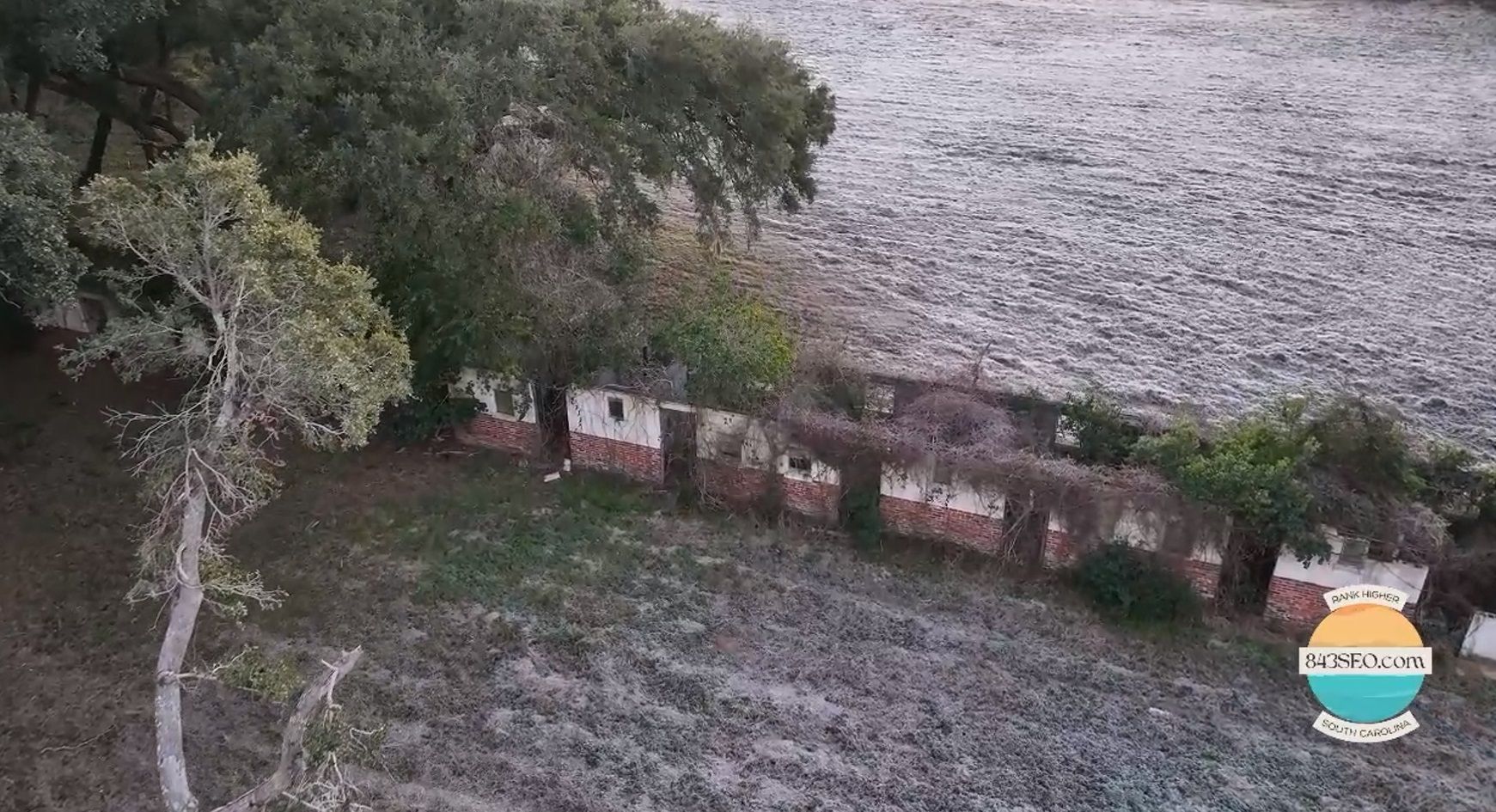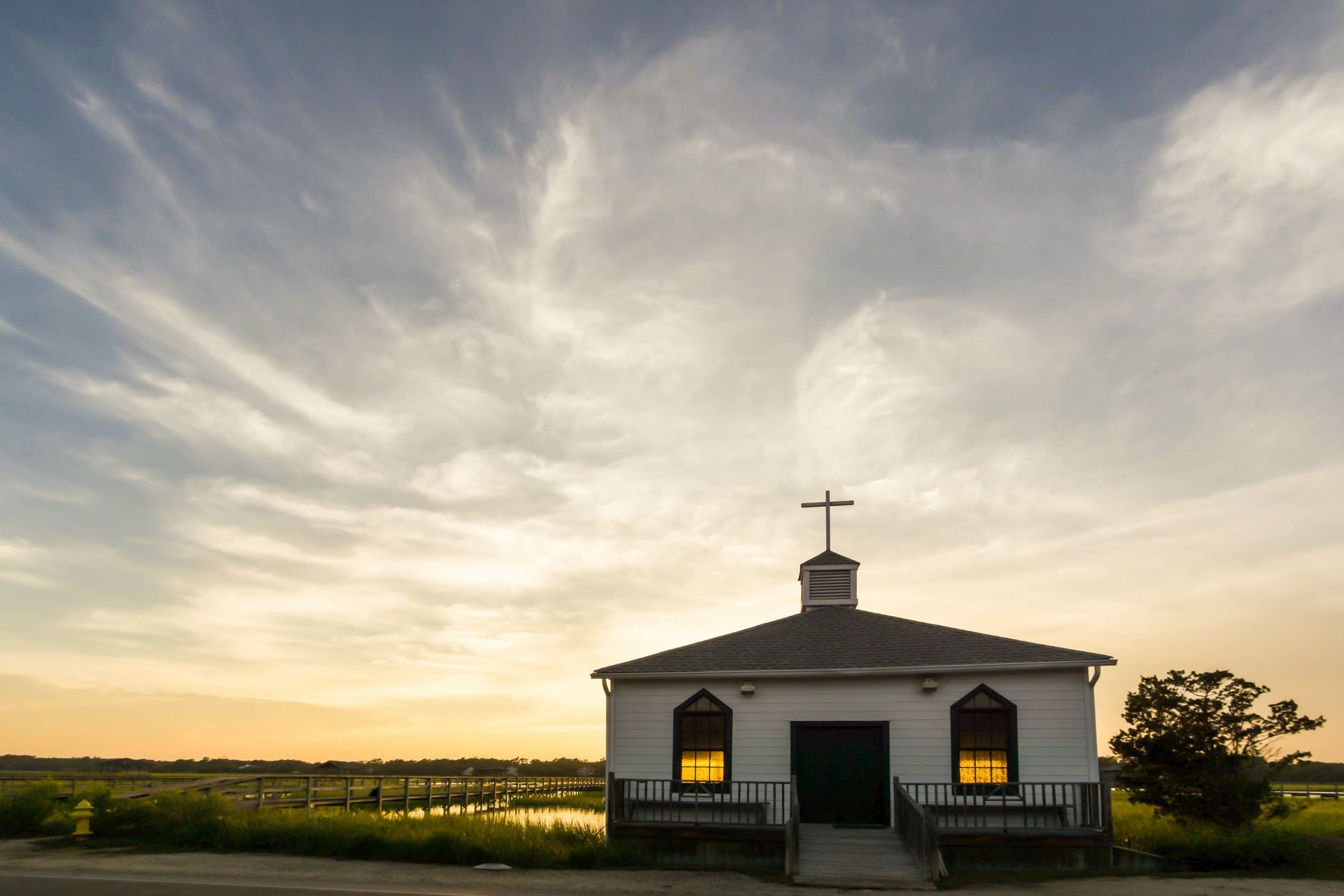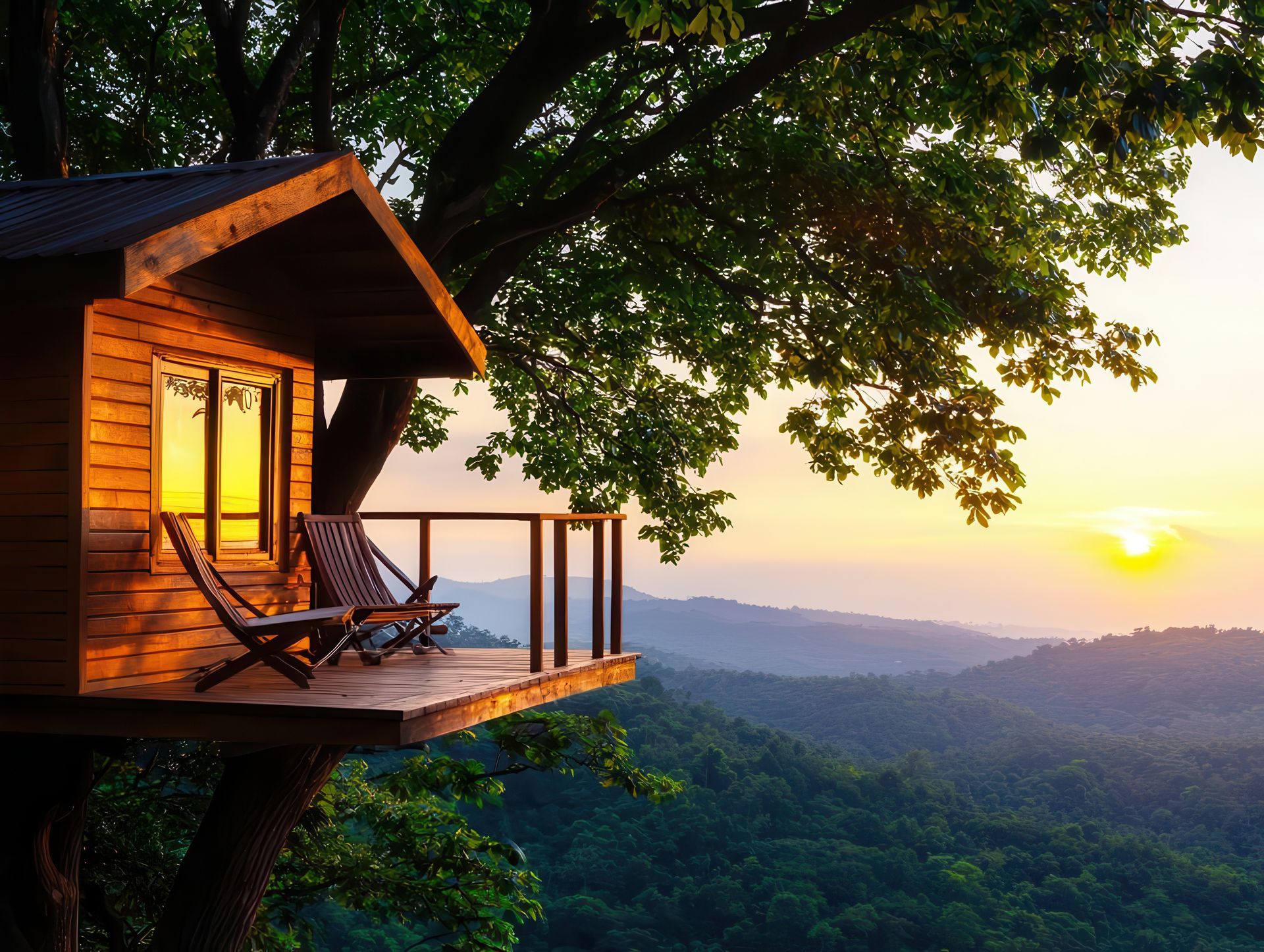Get in touch
843-990-8558
Info@dreamcraftbuilds.com
Magnolia Beach Club: A Historical Gem of South Carolina
Magnolia Beach Club: A Historical Gem of SC

Nestled between the picturesque shorelines of Pawleys Island and Litchfield Beach, along the historic Route 17, lies the remnants of what was once a vibrant beacon of culture and hospitality—the Magnolia Beach Club. This site is not only a piece of architectural history but also a poignant reminder of the social struggles and artistic expressions of the mid-20th century.
The Vision of Lillian Golden Pyatt
The Magnolia Beach Club emerged in the 1930s as a dream realized by Lillian Golden Pyatt, a forward-thinking entrepreneur who sought to create a welcoming sanctuary for Black musicians traveling along the East Coast. During a time when racial segregation dictated public access, Lillian's vision for an oceanfront resort represented a significant stand against injustice and a celebration of the rich cultural heritage of the African American community.
In 1936, construction began with Lillian’s diligent work, promoting the resort while helping to shape its structure. The club quickly became a refuge not only for artists but also for locals and travelers alike, finding solace in its welcoming doors and vibrant atmosphere.
A Hub of Culture and Music
By the late 1930s, the Magnolia Beach Club had established itself as a cultural haven. It was more than just a motel; it was a lively gathering place where good food and post-prohibition cocktails flowed freely, accompanied by the soothing sounds of jazz and blues. Renowned musicians such as Count Basie, Billie Holiday, Charlie “Bird” Parker, Billy Eckstine, Ray Charles, Duke Ellington, and Lena Horne graced its stage, turning the club into a backdrop for unforgettable performances and joyous celebrations.
These musical legends not only entertained but also helped to elevate the club’s status, making it a noteworthy stop on the tour for many artists traveling the East Coast. The sense of community fostered within those walls, combined with the energetic tunes resonating against the backdrop of ocean waves, created a unique experience for all who visited.
Challenges and Changes
The trajectory of Magnolia Beach Club took a somber turn with the onset of World War II, during which business slowed considerably. However, by 1946, the club returned to life, echoing the resilience of the community it served. Unfortunately, nature was an indifferent force; in 1954, Hurricane Hazel struck, bringing devastating destruction to many structures along the coast, including the beloved club.
In the aftermath, Lillian and her partner France McKenzie made the difficult decision to dissolve their partnership due to the overwhelming costs of reconstruction. This marked a transition; McKenzie took the reigns to build a smaller, more manageable operation—comprising a twelve-unit motel, restaurant, bait and tackle shop, and tavern—renamed “McKenzie Beach.” The area thrived in the 1950s and 60s, continuing to attract visitors who fondly recalled good music and lasting memories.
Legacy of the Magnolia Beach Club
Today, as one passes the site of Magnolia Beach Club, it may seem just another dilapidated motel, yet its legacy resonates deeply within the historical framework of South Carolina. The echoes of Big Band music and laughter of joyous gatherings are intertwined with the very essence of the space. This once-vibrant resort is a testament to the struggles and triumphs of a community that sought belonging and expression through music and hospitality.
Visitors and historians alike are encouraged to reflect on the significance of the Magnolia Beach Club—not merely as a relic of the past but as a symbol of endurance, cultural celebration, and hope. Its story serves as a reminder of the importance of inclusion and the power of music as a unifying force, bridging gaps and fostering community. As the waves crash along the shore, let them carry forth the melodies and memories of a time when music truly brought people together at this iconic South Carolina destination.
Contact Us
We will get back to you as soon as possible.
Please try again later.
don't miss out on the latest drops, offers and tips

NAVIGATION
CONTACT
14361 Ocean Highway STE 308
Pawleys Island, SC 29585
Info@dreamcraftbuilds.com
(843) 990 8558









